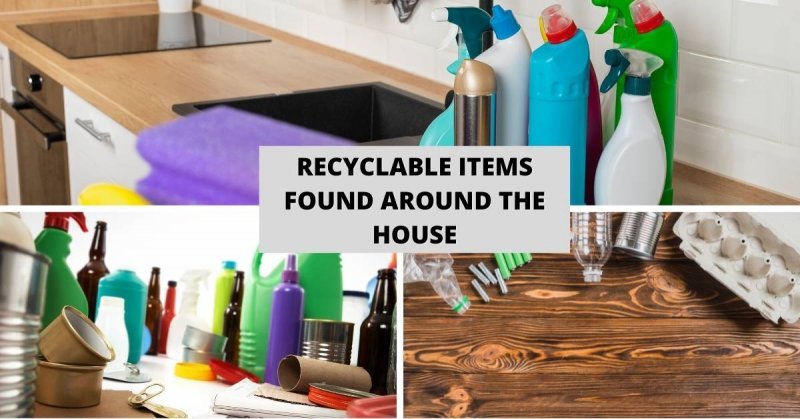Recyclable items aren’t just found in the waste segregation bin. That’s one of the many common recycling misconceptions people around the globe have. They’re actually all over the house. From little things you wouldn’t normally notice, to the more obvious and common things we can recycle day by day.
Thank you for reading this post, don't forget to the best blogger Guy About Home who offers the best garden and home improvement tips! If you are a home decor and design fan, don't miss the tips on home ideas. If you are a home garden owner, then you might be interest in our complete guides to house plants!
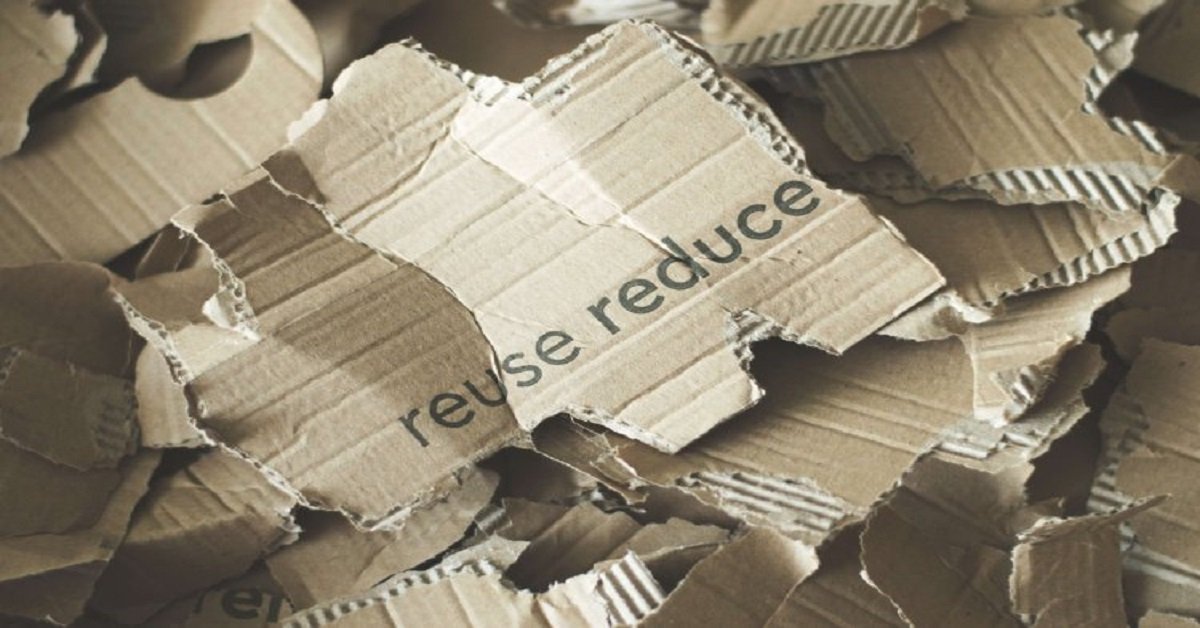
In this article, we’ll be going over things found in the house that you might, or might not, be aware are recyclable. And we’ll be looking at ways if they can be beneficial to us. Since this is one of the many ways to save the environment, we recommend sticking through to the end.
Eggshells
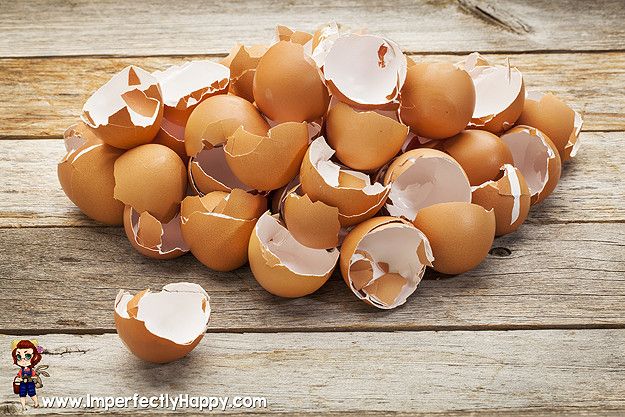
Image source: Pinterest
Eggshells are recyclable and there are numerous uses and benefits for doing so. Let’s name a few.
-
For compost
- Though knowing how to make compost would remarkably be helpful, adding eggshells to them is too.
-
- While lime is the common ingredient to add to compost, eggshells work as well. Lime is added to solve acidity imbalances, but since both eggshells and limes have calcium carbonate, they work the same way.
-
- All you have to do is crush the eggshells and spread them directly over your compost. Furthermore, to decrease the rate of the eggshell’s decomposition, you can try to dry them in the oven beforehand and then grind them with a blender before spreading them all over.
-
Deter Slugs and Snails
- If you spread them on the soil, it makes it very painful for slugs and snails to thrive. Don’t grind them, but rather crush them by hand. If you spread them around your plants, it makes for a very efficient fence.
-
Garden Fertilizers
- Since eggshells contain potassium, sulfur, phosphorus, and calcium, they are like vitamin pills for plants. They assist in the plants’ growth and keep plants healthier than if you were not to use them.
-
- After rinsing them, leave them to dry and then place them in a container. Grind the eggshells after. You may use whatever means available to you, but using a mortar and pestle is recommended. Should those not be available to you, use a blender! After that, mix them well into your soil, and that should be it.
-
Slugs And Cutworms Deterrent For Pots
- You can place these recycled eggshells on the bottom inside the pot. This discourages cutworms and slugs from entering. To do this effectively, do not grind them, but rather crush them by hand.
-
Grass Heads
- As a fun arts and crafts project, you can draw faces on eggshells, crack the top, and plants inside it. Water as needed and wait for the seedlings to grow. The leaves will create the hair for the eggs.
Disposable Cups
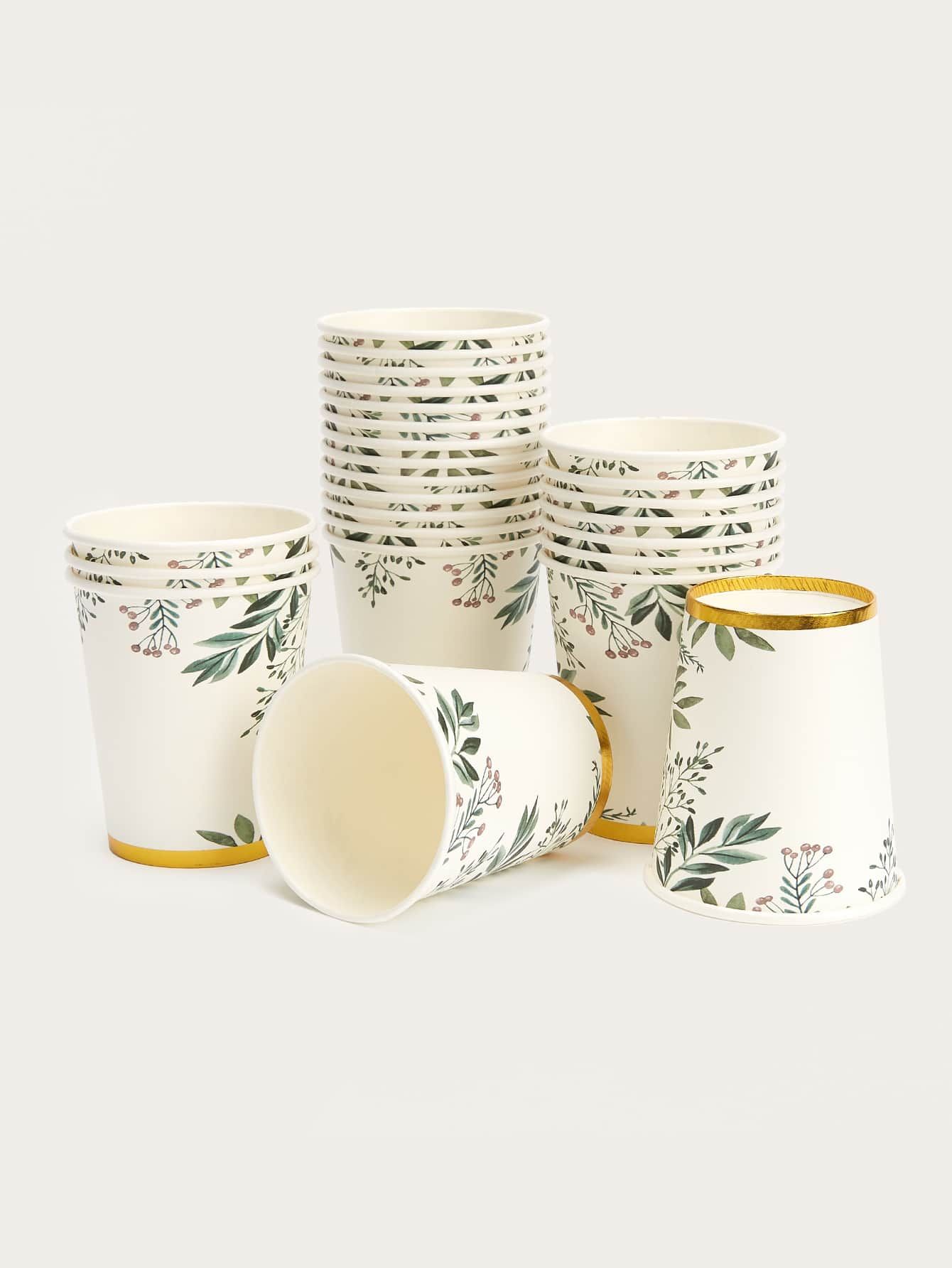
Image source: Pinterest
Disposable cups, ones made of styrofoam at least, can be recycled in the same way we did with the eggshells. The cups, especially the white ones, can be decorated with different facial expressions and the seedlings inside will also have the chance to be born.
Though more commonly found in corporate and office spaces, we sometimes get the chance to throw a little party for the neighbors and our friends. Think twice when throwing out the many plastic cups that will surely be used. It helps Mother Nature a ton, and it might even beautify your garden beds. As for your coffee, why not bring a mug or tumbler instead?
Clothes
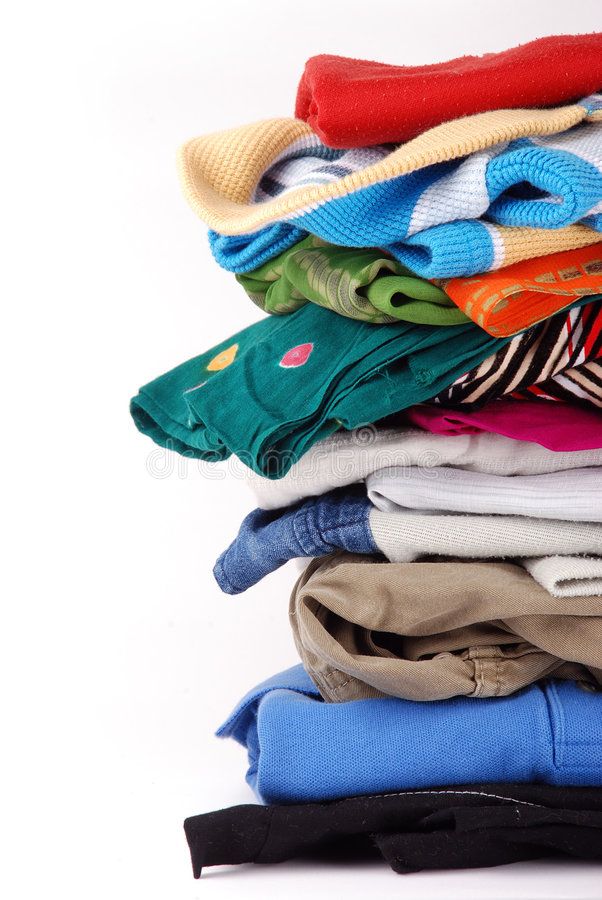
Image source: Pinterest
Clothes are also recyclable.
Chances are, clothes in your closet are generally biodegradable. It’s just that the rate that they do is moderately slow. So what happens to the clothes that we deem played out, unfashionable, or just plain passed its time?
Well, according to the Council for Textile Recycling (CTR), Americans can throw away an astounding 3.9 billion pounds of waste a year. That equates to about 190 shirts per individual or about 70 pounds of clothing per person per every year. The charges affect everyone since dumping in the landfill costs about a hundred dollars per ton.
With this in mind, we should initiate active ways to recycle. Here are a few:
-
Donate
To recycle these garments, we recommend donating them to charity or to philanthropic endeavors and associations. These companies usually are the ones that organize efforts to help and assist calamity victims. If your house got blown off by a hurricane, you’d most likely be clothless too for a while.
Also, take a look at a few of the giant retailer brands around you. Brands like Gap, Levi’s, Patagonia, Puma, H&M, and North Face have special promotions, discounts, events, and etc. that all boil down to recycling efforts. Some of them give you a discount on your next purchase if you hand them your old worn-out clothes.
There might also be textile pickup services in your local government so it might be good to check with that.
-
Reuse
This is mostly for our creative ladies, but some men out there might give it a go as well. Why not reuse them? With a little creativity, you can spin them to fashionable items once again. Maybe a cut here, a small crop there and voila; your old jeans and jacket fit again, and you’ve also managed to turn your old dress shirt into a cute top. At least, give it a thought.
-
Sell
You can actually make a profit off your old stuff. As the ancient and cliche adage goes — “one man’s trash is another man’s treasure.”
There are plenty of websites, platforms, events, and even smartphone apps that can assist you with this. A significant benefit this brings out is that it can create a community of trading. In the long run, less and less people will need to go out and buy new clothes. Hence, a cycle, or even a tradition, is formed out of this good habit.
Be Part Of The Solution
While this indeed helps the environment, at the end of the day, it really just benefits us. And that’s not a bad thing. If we all gather together and promote recycling endeavors, we create a healthier planet for us, our children, or those we aspire to have, to live in.
Nobody wants to live in a pollution-filled environment, right? Let’s start small and keep doing them. Whichever of the above methods you choose to employ, we recommend sticking with them rather than just doing it once. Trust me, it creates a ripple effect that will astound you once you see it happen.
For more amazing ideas you can have, visit Guy About Home today or you can check the related blogs:


